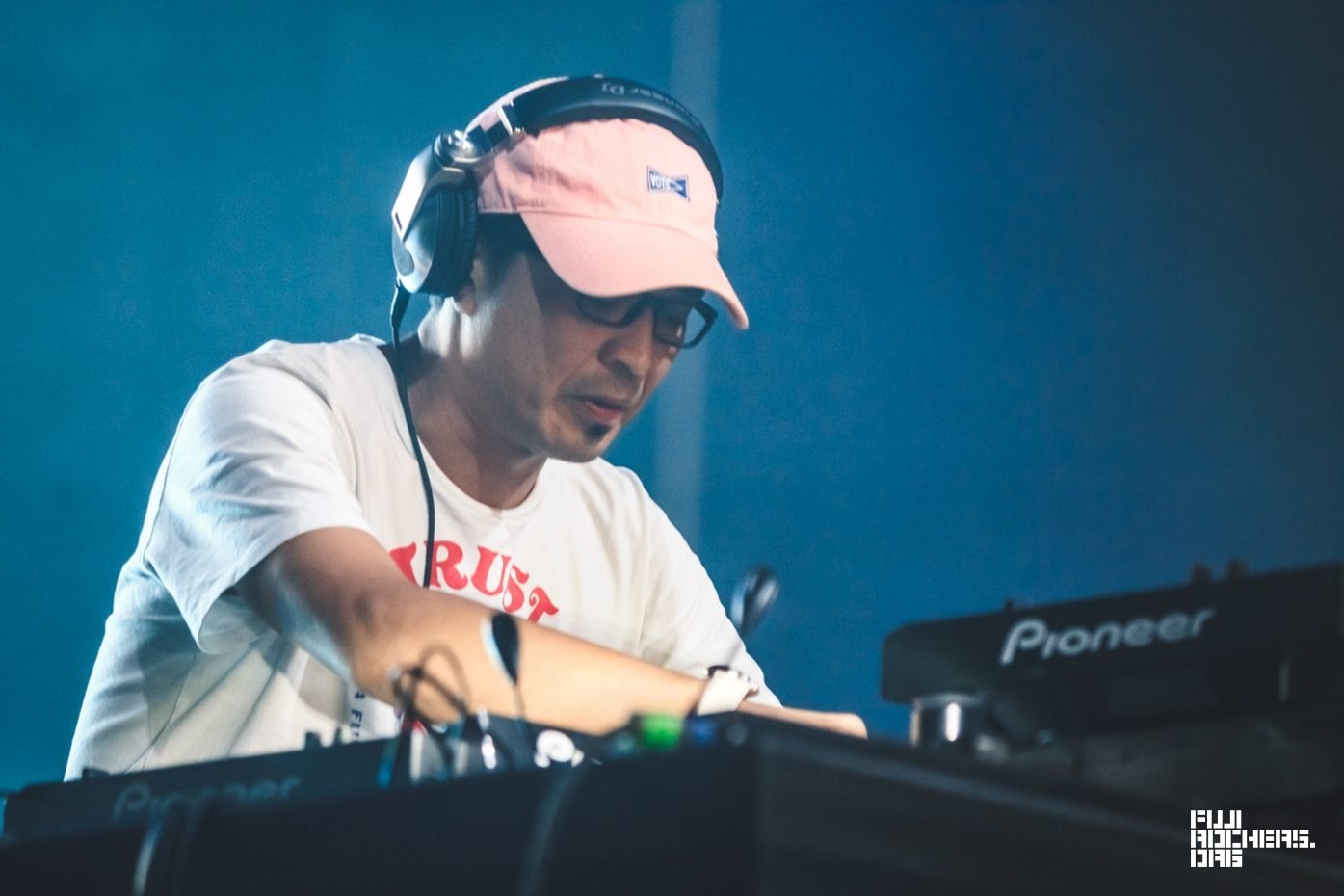Archiving the Sento: Japanese Public Bathhouses

The Japanese public bathhouse, or sento, legacy traces back to the Heian period [794-1185] with the first public bath in Edo [Tokyo] built in 1851.
Differing from the more commonly known Onsen [hot springs] as they do not use natural spring water. Rising especially in popularity and usage booming following WWII when a grand majority of homes did not possess their own private bathing facilities. Moreover, they also served as social spaces for local communities.
Once an ubiquitous site in nearly every neighborhood throughout Japan, has found itself to be the victim of a contradictory state. On one hand, with most homes now fully equipped with its own bath unit, the once necessary sento has become the victim of the demolition crew. On the other, the rise in awareness and attention on the distinctive heritage that each sento possesses is only becoming greater.
Stéphanie Crohin first came to Japan in 2005 from France and fell in love with Japan's own bathing culture. After her first brush with a sento as an exchange student. Today, she has been recognized as an official Sento Ambassador to Japan and works closely with local municipalities to promote the benefits and charms of sento on a much bigger scale.
In addition to being a published author on the topic, she has also made numerous television appearances as a sento specialist and also runs a website dokodemosento.com in tandem with her vibrant and colorful Instagram page where she writes numerous articles in English that resemble a tourist guide, describing her various visits and offering plenty of museum-like photos of the various intricate details with each location.
A visit for any first timer may seem intimidating, but if a few simple rules are followed, a sento visit possesses an excellent way to pay homage to Japanese ingenuity and high standards of cleanliness, as well as to get a glimpse at what is seen as a vanishing movement of Japanese culture.





